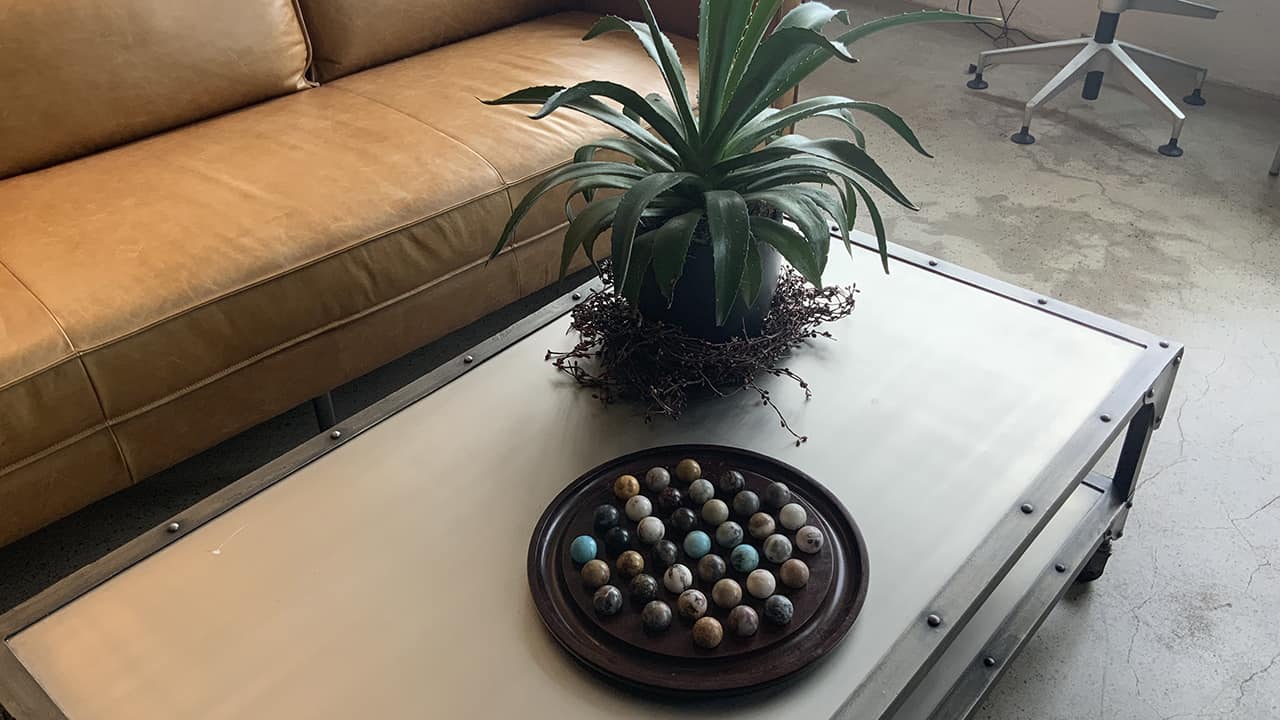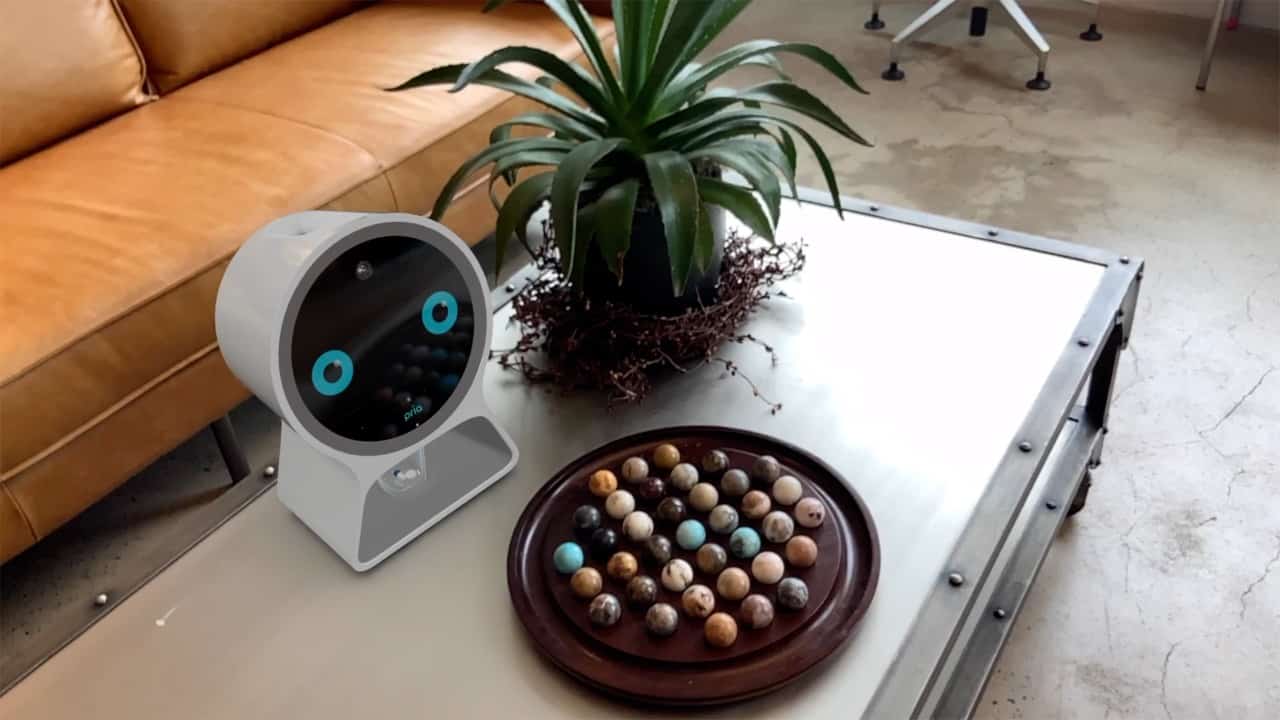AR Blog Series: Part 3
Leveraging Data to Refine User Experience
Welcome to part three of our AR blog series. By now, you’ve heard our thoughts on the power of AR in marketing (flashy new toy or valuable marketing asset?) and learned how the tech can be used to entice new consumers (gamification blog anyone?). We’re going to dive a bit deeper into the user experience, highlighting a few real-world examples of UX data we’ve used to optimize our AR marketing campaigns.


The Demand for Better UX
As AR becomes more widely accepted, UX plays a larger role in its success. In the early years of AR, marketers could get away with glitchy, laggy, or clunky interfaces. Consumer expectations were lower, the competition was slim, and excitement around the new technology allowed for more leeway.
AR designers don’t have the same luxury today. Consumers are savvier, the market is more crowded, and AR’s new and shiny syndrome is beginning to wear off. The world has become more accustomed to AR technology and, as a result, less tolerant of sloppy UX design. If your AR experience is difficult to navigate or takes too long to load, consumers will quickly lose interest and move on.
More Room for Error
AR is a much more robust experience than other digital platforms. As a result, creating exceptional UX within an AR application presents challenges designers haven’t encountered before. Think about websites or traditional mobile applications. These activations take place within a controlled two-dimensional environment.
Contrast that with AR, where designers can work within a 360-degree space and play with depth. Here, the 2D interface interacts with a 3D environment – one that designers can’t always control. These newfound freedoms present limitless creative opportunities, but they also add a layer of complexity that can muddle the user experience if not executed properly.
Design, Meet Data
With these added complexities, designers must be more intentional in their approach to UX in AR marketing, using data to refine the user experience. Luckily, AR technology offers a myriad of metrics for us to track. We can monitor location, the orientation of the device, longevity of use, tilt, etc. to determine where people are looking and for how long. Every interaction can be mapped out for later analysis and optimization.
Let’s look at a few real-world examples of how data can help refine AR UX.
Looking at Location
In 2017, our team created a custom AR application to showcase a client’s new tintable electrochromic glass at a local expo. Conference attendees were invited to utilize the app at five designated AR stations to see how the product worked. We tracked both location and downloads to determine who interacted with the technology and what stations attendees were most drawn to.
Unsurprisingly, we found that the majority of users stopped at the first station, proving that proximity was a key factor in how users interacted with the experience. Moving forward, we knew that the most valuable content should be positioned in closest proximity to the user. Easy access = better UX. Informed decision making = better results.
Asking for Feedback
We recently created an AR experience for one of our real estate clients in which users were taken up an elevator while watching a video. In a pre-launch test, users were asked to indicate if and when they felt any motion sickness by twisting the remote in their hand to the left or right. Analyzing the data revealed a spike in discomfort around the 15 second mark. This was a big hiccup in the user experience that we were able to identify and correct before the experience went to market.
Reading the Tea Leaves
In the above examples, the implications of our data were pretty clear. Unfortunately, this isn’t always the case. It can be difficult to draw black and white conclusions, especially when you are tracking a multitude of data points.
We’ve found that the best way to verify your conclusions is through the time-honored process of “test and check.” Whenever possible, we recommend conducting these tests before launch. Clients may question the additional time and expense, but the investment is well worth it if you can identify pain points and refine the user experience early on.

